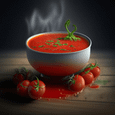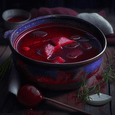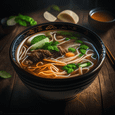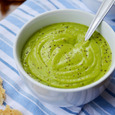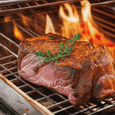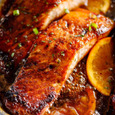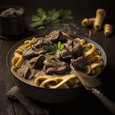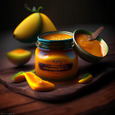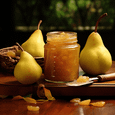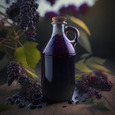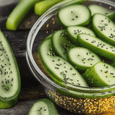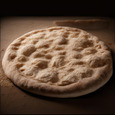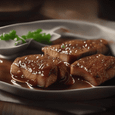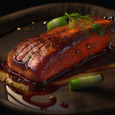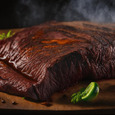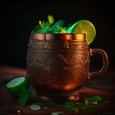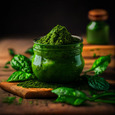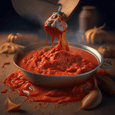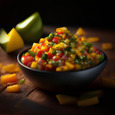Norway is a land steeped in fascinating history and rich culture, and one aspect of this that cannot be overlooked is its traditional cuisine. From humble beginnings to a diverse and exciting culinary landscape, the food of Norway has a long and fascinating history that deserves to be celebrated.
The Roots of Norwegian Cuisine
Norwegian cooking has its roots in the harsh and unforgiving natural environment in which its people lived. For centuries, Norwegians relied on what they could forage, hunt, and catch to sustain themselves: berries, game, fish, and seafood were all staples of the early Norwegian diet. Dairy products, such as cheese and butter, were also important sources of nourishment, particularly in the mountainous regions where agricultural production was limited.
As time went on, however, Norway's cuisine began to be influenced by other cultures. The Vikings, for example, brought with them new cooking methods and ingredients when they arrived in Norway in the 9th century. These included smoked and salted fish, which are still popular today. During the Middle Ages, trade with the Hanseatic League brought exotic spices and ingredients to Norway, including cinnamon, ginger, and dried fruits.
A Diverse and Exciting Culinary Landscape
Today, the food of Norway has evolved into a diverse and exciting culinary landscape, reflecting its long history of evolution and experimentation. Traditional dishes such as lutefisk (cod which has been preserved in lye) and rakfisk (fermented trout) still hold an important place in Norwegian cuisine, but they sit comfortably alongside newer dishes such as bacalao (a tomato-based stew made with salt cod) and pinnekjøtt (meat from salted and dried sheep ribs).
While some traditional dishes may seem unusual to visitors from other countries, there is much in Norwegian cuisine that is familiar and comforting. Meatballs, for example, are a beloved dish in Norway, and are often served with boiled potatoes and lingonberry jam. Smoked salmon is another favorite, typically served on crispbread or as part of a seafood platter.
Celebrating Norway's Food Culture
Norway's culinary heritage is a source of great pride for Norwegians, and the country is home to a number of food festivals and celebrations throughout the year. One of the most popular is the Gladmat Festival, which takes place in Stavanger every July. The festival showcases food from across Norway, with everything from traditional dishes to modern cuisine on offer.
Norway is also home to some of the world's best chefs, including Bocuse d'Or winner Ørjan Johannessen, who runs the Michelin-starred restaurant Bekkjarvik Gjestgiveri. Modern Norwegian cuisine is known for its emphasis on fresh, local ingredients, and for its innovative approach to cooking and presentation.
In conclusion, Norway's culinary heritage is a fascinating journey through history, and one that is well worth exploring. From its humble beginnings to its current status as a diverse and exciting culinary landscape, Norwegian cuisine tells the story of a people who have evolved and adapted over time. Whether you're a lifelong resident of Norway or a first-time visitor, there is much to discover and appreciate in the food of this incredible country.

















